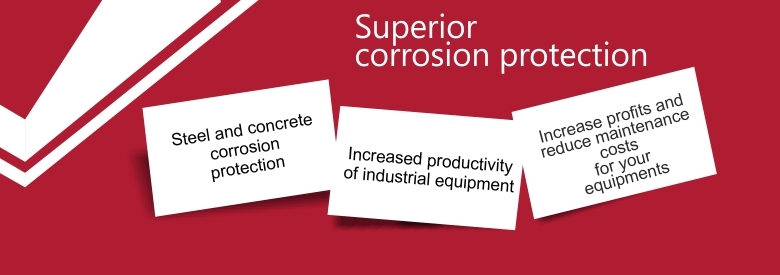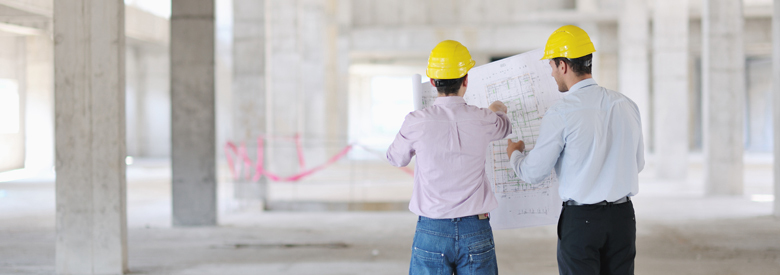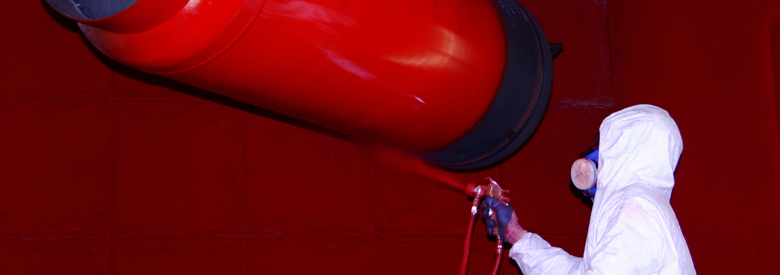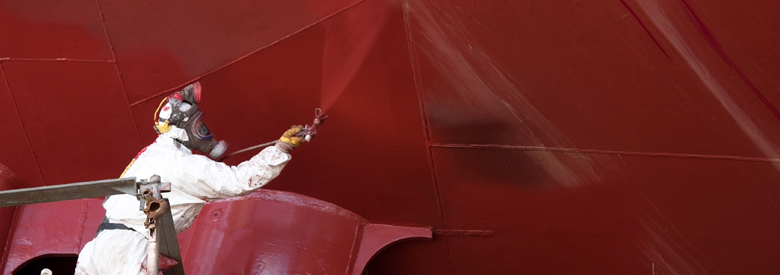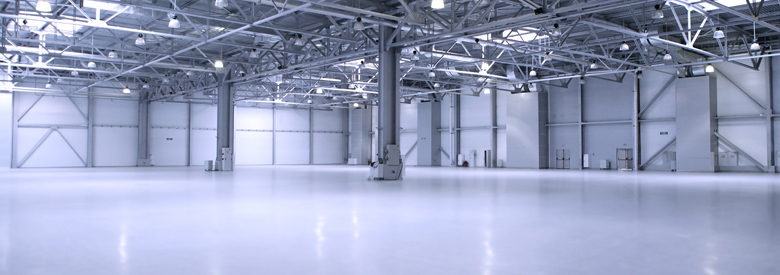3 simple ways to avoid equipment damage and prevent corrosion of materials
What can affect the equipment?
Maintenance costs represent a large percentage of total cost to keep industrial equipment functional. Using in optimal conditions, with predictive maintenance and a correct analysis of the factors that can cause damage, you will have the guarantee of high performance industrial systems and avoiding unwanted additional costs.
Unreliable or failure of equipment functions for a period of time leads to lower production and increased need for equipment repairs and allocated employment growth. The economic effects are immediately notified by reducing company`s profits.
If one critical piece of equipment, installation, car, is compromised due to corrosion, the entire production process can be affected. However, by adopting of the best solutions for corrosion protection you have the certanty that such situations are avoided.
Failure of equipment and tools can be the result of various processes of deterioration: breaking (due to efforts cyclical), corrosion of material occurs due to the aggressive working environment (chemical, electrochemical), damage by friction, shock, abrasion, leading to equipment damage through wear.
Many of the metal parts manufacturing industries require corrosion or wear protection (corrosion protection is required during transport, storage or in use). Typical examples are: auto parts, fasteners, steel strips, alloys etc.
1.Know the causes of corrosion to avoid them in time
Corrosion and rust (as more commonly known) usually occurs when you identify simultaneously air and water, but the presence of other acids or salts greatly favors corrosion, while the bacterial corrosion can occur even in the total absence of oxygen. Corrosion can occur at any time of year, but especially when specific temperature and relative humidity are increased (July, August, September).
· The pH of one fluid / water
The pH of a fluid present during processing is an important factor that could lead either to corrosion or to protect the metal. For example, a high pH will protect ferrous metals but will adversely affect corrosion control non-ferrous metals (aluminum, brass, bronze). It is necessary in this regard always check the working environment. The pH scale varies from 0 (acid) to 14 (maximum alkalinity), the middle of the scale 7 is neutral. In pipeline systems, for example, when the pH is greater than 8, the copper oxide film is formed on the walls of the pipe. This film acts as a barrier that slows the corrosion. However, when the pH in the water supply is less than 8 copper film was dissolved, the pipes being subjected to the corrosive action of water.
· water hardness
All water contains ions, which can increase the rate of corrosion for most metals. Chlorides, nitrates, sulfates and can lead to corrosion by breaking the barriers at the metal surface. Adding water rate increases environmental aggression, and thus the chance of corrosion.
At the same time divalent ions react with soaps or emulsifiers to form compounds with limited solubility. As the water hardness is higher, the greater the propensity to corrosion. Based on total hardness (German degrees) water is divided into the following groups: very soft 00-40 soft 40-80, semi-hard 80-120, almost last 120-180, last 180-250 very last 250-500 highly tough, 500.
· Bacteria
Bacteria can both cause and accelerate the rate of corrosion. In general microorganisms accelerates the corrosion of metals, steel tanks, technical installations in contact with water and organic materials. Biocorrosion may occur in the total absence of oxygen, and is produced mainly by two types of bacteria: sulfate reducing bacteria and methane-producing bacteria.
· Bimetallic corrosion
Bimetallic corrosion is corrosion that occurs when two dissimilar metals in contact with each other and realizes a transfer in the electronics of a metal to another. Solving consist of an anticorrosive material between two non-ferrous metals.
· Corrosive atmosphere
ISO standards 12944-2 and SR ISO 9223 classify aggressive media acting on the building in five classes of atmospheric corrosion. Corrosiveness classification is based on measurements of time and moisture, and the categories of pollution (sulfur dioxide, chlorine, etc.). They offer good coverage atmospheres rural, urban, industrial and marine. (see more details here)
Protection of materials in the project (ferrous and nonferrous), thus requiring a specific approach, depending on various factors that contribute to corrosion (marine, radiation flux, corrosive chemicals etc). The metal may be part of a whole (other metals, gaskets, plastics), compatibility of contact with other parts of the aggregate will require close attention.
In many cases corrosion protection is provided by a combination of protective materials, such as resin coating, anticorrosive rubber or antacids brick .
The damage caused by corrosion is directly linked not only by the loss of equipment or installations but also with stopping production processes, replacement of safety equipment or even people.
2. Choose appropriate methods of preventing corrosion of your industry
- The role of barrier between external factors and surface equipment, application of corrosion protection materials will be made according to the specific conditions of each project (depending on the chemical factors, thermal and mechanical)
- The correct choice of materials used in construction machines and equipment (see more here)
- Avoiding contact commissioning of two metals
- Careful processing of metallic surfaces
- Changing the pH environment in corrosive atmospheric environment (removal of gas, water)
- Use of material corrosion protection (which completely cancel corrosion) that may be in the form of paints, resins, rubbers corrosion, antacids bricks, plastic sheets etc.
3.Select the right equipment
In carrying equipment and metal structures, selecting materials that underpin them is very important. Factors that may influence the selection of materials can involve corrosion resistance, planning and testing work environment in which we operate, mechanical properties, cost, availability, durability, compatibility with other system components, cycle life, reliability and appearance.
Therefore it is better to take into account the type of equipment that you are about to enter in processes and depending on its strength and durability.
Info: In 2013 the annual cost of corrosion products in the US exceeded hundreds of billions annually, reaching over 6.2% of GDP, one of the main issues raised in the industrial sector.

